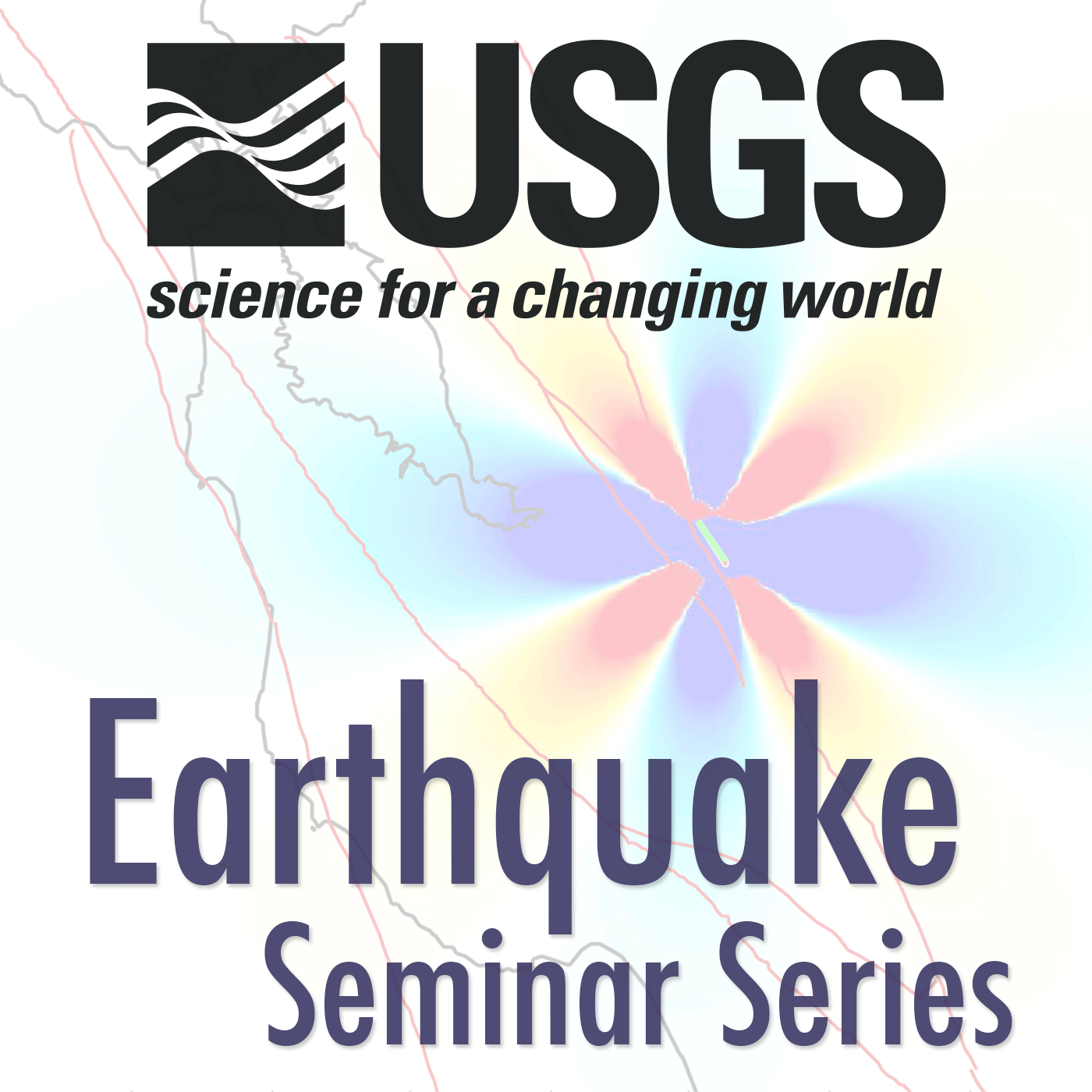Adventures in Measuring Variations in High-Frequency Radiation for Small to Moderate Earthquakes
Description
Peter Shearer, University of California, San Diego
Similar-sized earthquakes vary in the strength of their high-frequency radiation and various modeling assumptions can be used to translate these differences into stress-drop estimates. Empirical methods are widely applied to correct earthquake spectra for path effects in order to estimate corner frequencies and stress drops, but suffer from tradeoffs among model parameters that hamper estimates of absolute stress drop and comparisons between different studies or regions. Based on our recent work documenting hard-to-resolve tradeoffs between absolute stress drop, stress-drop scaling with moment, high-frequency fall-off rate, and empirical corrections for path and attenuation terms, we adopt a new approach in which the corner frequencies of the smallest earthquakes in each region are fixed to a constant value. This removes any true coherent spatial variations in stress drops among the smallest events but ensures that any spatial variations seen in larger-event stress drops are real and not an artifact of inaccurate path corrections. Applying this approach across southern California, we document spatial variations in stress drop for M 1.5 to 4 earthquakes that agree with previous work, such as lower-than-average stress drops in the Salton Trough, as well as small-scale stress-drop variations along many faults and aftershock sequences. However, our results are unable to independently determine the average stress drop for small earthquakes, highlighting the limitations of purely empirical approaches to spectral analysis for earthquake source properties and the importance of determining shallow crustal attenuation models.
More Episodes
Omar Issa, ResiQuant (Co-Founder)/Stanford University
A study by FEMA suggests that 20-40% modern code-conforming buildings would be unfit for re-occupancy following a major earthquake (taking months or years to repair) and 15-20% would be rendered irreparable. The increasing human...
Published 11/13/24
Published 11/13/24
Martijn van den Ende, Université Côte d'Azur
Already for several years it has been suggested that Distributed Acoustic Sensing (DAS) could be a convenient, low-cost solution for Earthquake Early Warning (EEW). Several studies have investigated the potential of DAS in this context,...
Published 10/09/24


